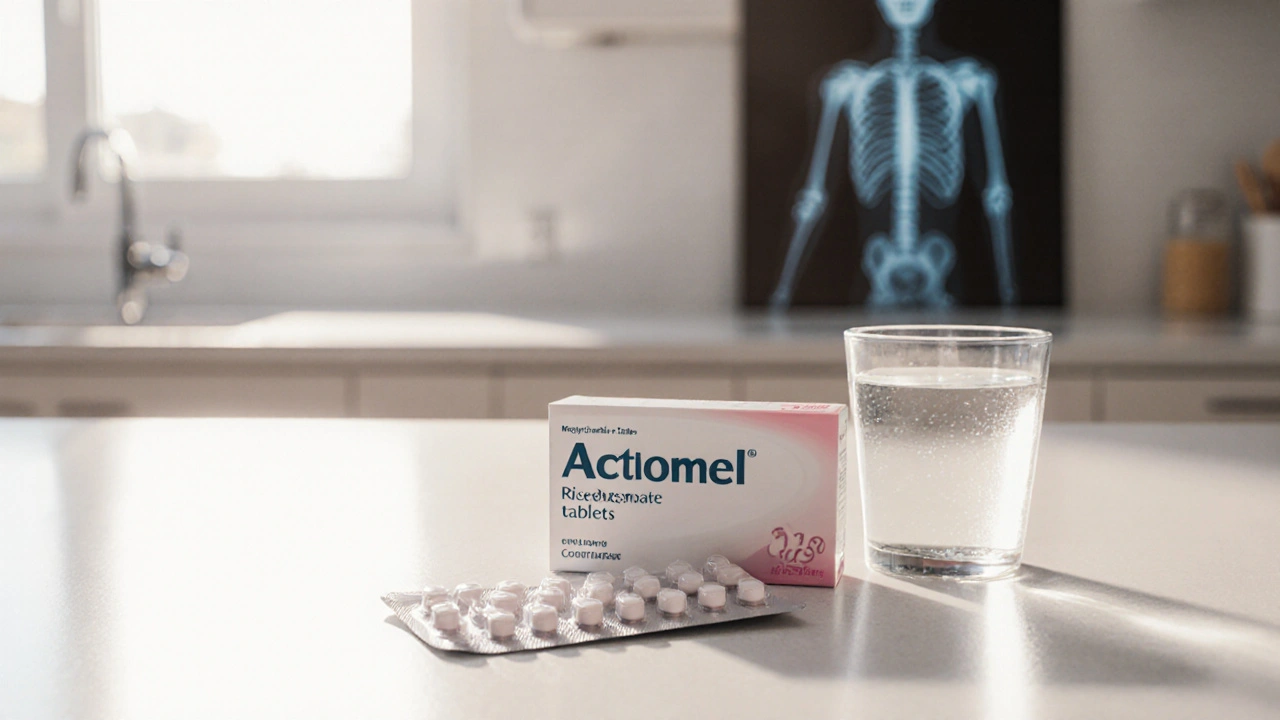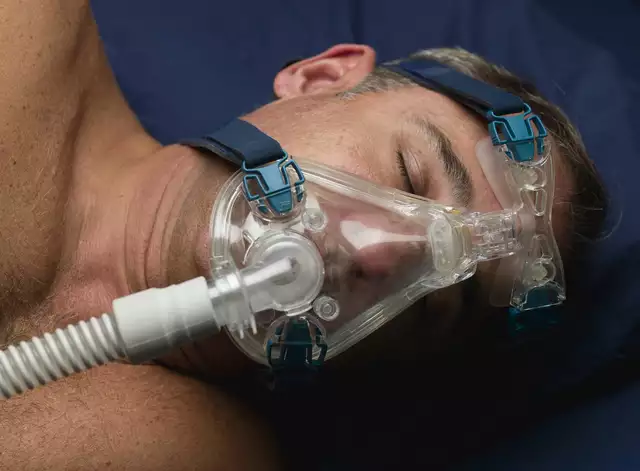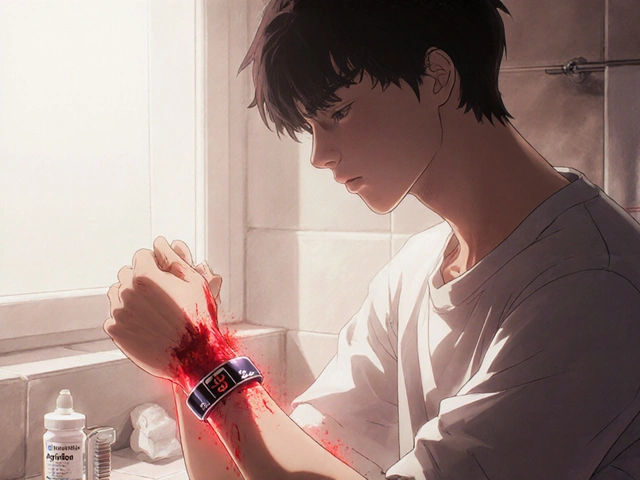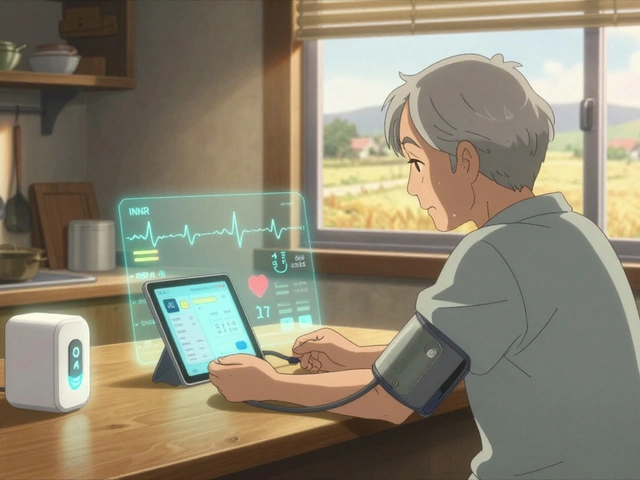Risedronate: Essential Guide for Bone Health
When working with risedronate, a nitrogen‑containing bisphosphonate tablet that slows bone loss and reduces fracture risk. Also known as Actonel, it is commonly prescribed for osteoporosis, a condition where bones become fragile due to decreased density and for patients on glucocorticoid therapy, a steroid regimen that can accelerate bone deterioration. Effective use of risedronate also hinges on adequate calcium, the mineral that provides the structural foundation for bone tissue and vitamin D, which promotes calcium absorption in the gut. Before starting therapy, doctors typically order a bone mineral density (BMD) test, a DXA scan that quantifies bone mass and guides treatment decisions. These three concepts—risedronate, osteoporosis, and BMD testing—form a linked chain that shapes how patients protect their skeleton.
How Risedronate Works and What to Expect
Risedronate belongs to the bisphosphonate family, a group of drugs that attach to bone surfaces and inhibit the cells that break down bone, called osteoclasts. By reducing osteoclast activity, the medication allows the bone‑forming cells, osteoblasts, to rebuild stronger tissue. The usual dose is one 35 mg tablet taken once a week with a full glass of plain water, first thing in the morning, and the patient must stay upright for at least 30 minutes. This routine minimizes irritation of the esophagus, a known side effect of bisphosphonates. Common complaints include mild stomach upset, transient muscle aches, and rare cases of jaw osteonecrosis, especially in people who smoke or have poor oral hygiene. If any of these symptoms persist, the doctor may pause treatment and schedule a follow‑up BMD test to assess progress.
Beyond the medication itself, lifestyle tweaks boost risedronate’s impact. Weight‑bearing exercises such as brisk walking, resistance band work, or light weightlifting stimulate bone formation. Pairing these activities with a diet rich in dairy, leafy greens, and fortified foods helps maintain the calcium‑vitamin D balance that the drug expects. Patients should also avoid excessive alcohol and quit smoking, both of which accelerate bone loss and interfere with the drug’s effectiveness. Regular monitoring—typically every 1–2 years—keeps the treatment plan aligned with the patient’s changing risk profile.
For those who cannot tolerate bisphosphonates, alternatives like denosumab, a subcutaneous antibody that slows bone breakdown or selective estrogen receptor modulators such as raloxifene, used mainly in post‑menopausal women offer comparable fracture protection. Still, many clinicians keep risedoxrone as first‑line therapy because of its proven track record, oral administration, and cost‑effectiveness. When you read the articles below, you’ll see real‑world cases of dosing strategies, safety tips, and how doctors combine risedronate with other bone‑health measures. This collection equips you with the practical knowledge to discuss options confidently with your healthcare provider.
A 2025 guide comparing Actonel (risedronate) with top osteoporosis alternatives, covering mechanisms, dosing, pros, cons, safety, and how to choose the right drug.
Read more






